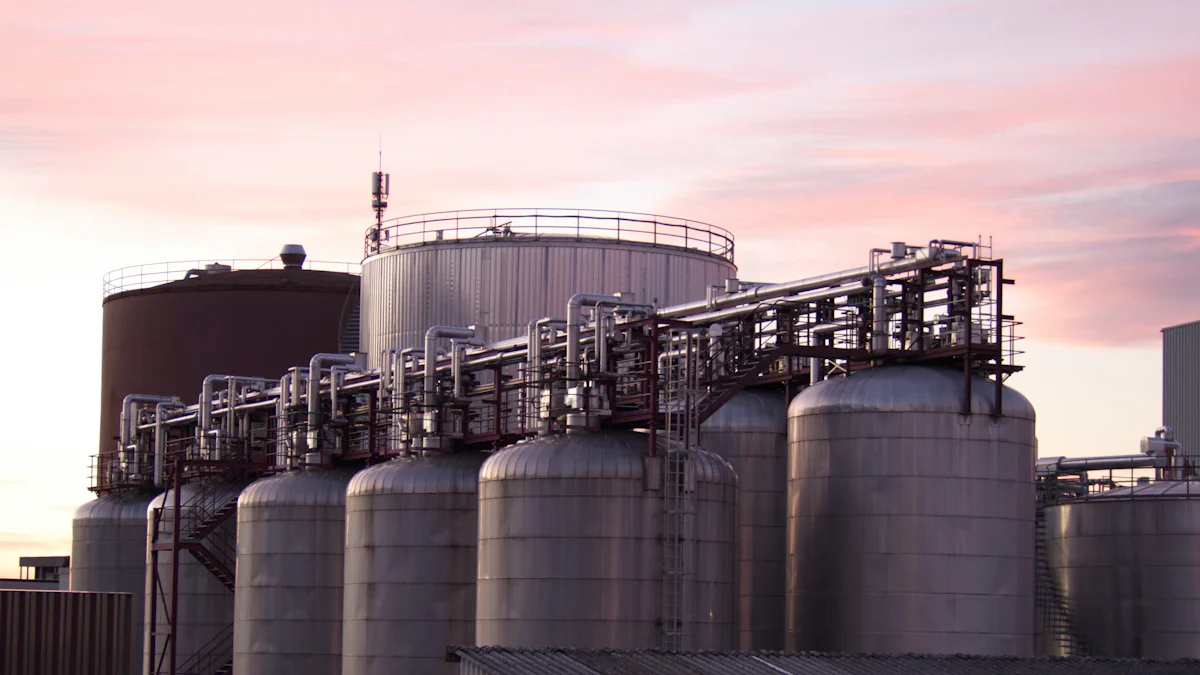Bright Tanks
Brite_ tank
Yes, some cider producers use bright tanks in their production process, similar to how they are used in beer production. Bright tanks are used to store and condition the finished cider before packaging it for distribution. Here’s how bright tanks are typically used in cider production:

1.Fermentation: Cider is initially fermented in fermentation vessels, such as fermentation tanks or barrels. During fermentation, yeast consumes the sugars in the apple juice and converts them into alcohol. This primary fermentation process can take several weeks.
2.Racking: After the primary fermentation is complete, the cider is often racked or transferred to a different vessel to separate it from any sediment or yeast particles that have settled at the bottom. This can be done in a process similar to beer, where the cider is transferred from one vessel to another, leaving behind any unwanted solids.
3.Conditioning: The clarified cider is then transferred to a bright tank for conditioning and further maturation. In the bright tank, any remaining suspended solids can settle out, and the cider can be stabilized and clarified. It’s also an opportunity to make any necessary flavor adjustments.
4.Carbonation: If carbonation is desired, cider can be carbonated in the bright tank using a carbonation stone or by injecting carbon dioxide (CO2) into the tank. This process is similar to how carbonation is added to beer.
5.Flavor Adjustments: During the conditioning phase in the bright tank, cider makers can make final adjustments to the flavor, sweetness, acidity, or other characteristics of the cider to achieve the desired profile.
6.Packaging: Once the cider is properly conditioned and has achieved the desired characteristics, it can be packaged in bottles, cans, kegs, or other containers. Some cider producers package directly from the bright tank, while others may transfer the cider to a separate packaging tank before bottling or canning.
7.Quality Control: Brite tanks allow cider producers to monitor and taste the cider before it’s packaged. This step helps ensure that the final product meets the desired flavor and quality standards.
8.Cold Storage: Bright tanks can also serve as a temporary cold storage solution, allowing cider to be held at a stable temperature until it’s ready for packaging.
Overall, bright tanks play a valuable role in cider production, helping cider makers achieve a high-quality and consistent product that meets consumer expectations for flavor, carbonation, and clarity.



